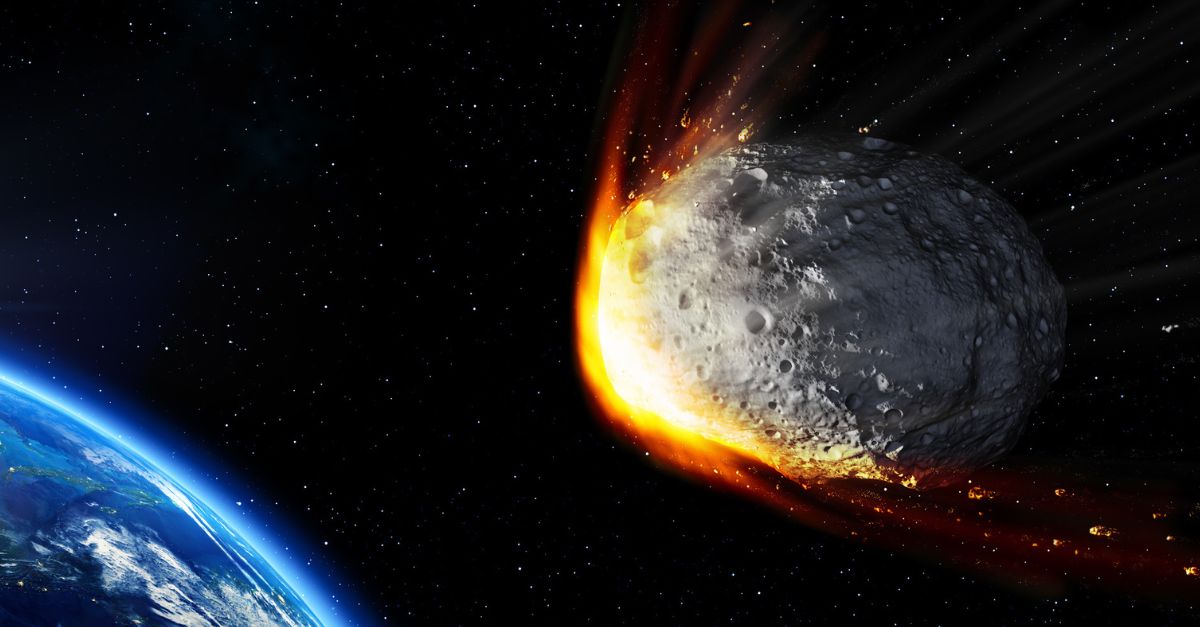
A well-known Catholic theologian says new archaeological evidence of a meteor explosion long ago in Jordan aligns with the biblical description of Sodom and Gomorrah and that the location likely is the site of the ancient event of Scripture.
John Bergsma, professor of theology at Franciscan University in Ohio and the author of numerous books, says in a new episode of Pints With Aquinas that he is convinced archaeologist Steven Collins has found the site of Sodom. Collins is the dean of the College of Archaeology at Trinity Southwest University.
The Jerusalem Post this week ran a story about Bergsman’s thoughts on the subject under the headline “Biblical sin city Sodom destroyed by asteroid stronger than nuke — expert.”
Bergsma and Collins believe that the asteroid — technically, a meteor in astronomical terms — was used by God to destroy Sodom.
“The providence is in the timing. … These things are in the hands of God,” Bergsma said.
The evidence within the layers of dirt implies that the city was destroyed by heat, he added. The archaeological evidence, he said, “really changed my perspective on the Old Testament.”
“When a meteor comes into the atmosphere, it heats up and then explodes, and it can be like an atomic blast,” Bergsma said. “The timing, and the location, and the cities, all track with what is described of Abraham and Lot in Genesis 19 and in the surrounding chapters.”
The archaeological site, Tall el-Hammam, is located in modern-day Jordan.
Pottery found at the site contained trinite, a “glass layer that you get when you basically set off an atomic bomb in the desert,” he said.
“This pottery was [heated] to over 4,000 degrees Fahrenheit for a brief moment of time,” Bergsma said.
“They [found] massive evidence that a huge heat blast from the sky at about 25 degrees above the horizon incinerated these twin cities on the Jordanian side of the river, just north of the Dead Sea,” he said.
Further adding to the evidence, Bergsma said, archaeologists uncovered “human skeletons that are complete up until about halfway up the backbone, and then there’s just a scorch mark — there’s nothing on the top of the body, and they find the skeleton behind a wall.” The skeleton presumably is the leftover remains of a person standing behind the wall when the meteor exploded.
Meanwhile, he said, the blast would have created a “great vacuum, which then collapses” and “pulls all kinds of salt sediment from the Dead Sea.” That salt, he said, could have been what Genesis 19:26 is referencing when it says Lot’s wife “became the pillar of salt.”
Put together, Bergsma said, the archaeological evidence is convincing.
“Only the biblical record has a historical account of this — meteorological, geological event that we can now attest, that tracks with, the time period and the description,” he said.
Collins wrote a book about his findings: Discovering the City of Sodom: The Fascinating, True Account of the Discovery of the Old Testament’s Most Infamous City.
Photo Courtesy: ©Getty Images/Romolo Tavani
Michael Foust has covered the intersection of faith and news for 20 years. His stories have appeared in Baptist Press, Christianity Today, The Christian Post, the Leaf-Chronicle, the Toronto Star and the Knoxville News-Sentinel.
Related podcast:
The views and opinions expressed in this podcast are those of the speakers and do not necessarily reflect the views or positions of Salem Web Network and Salem Media Group.
Related video:
Stock Footage & Music Courtesy of Soundstripe.com Thumbnail by Getty Images
